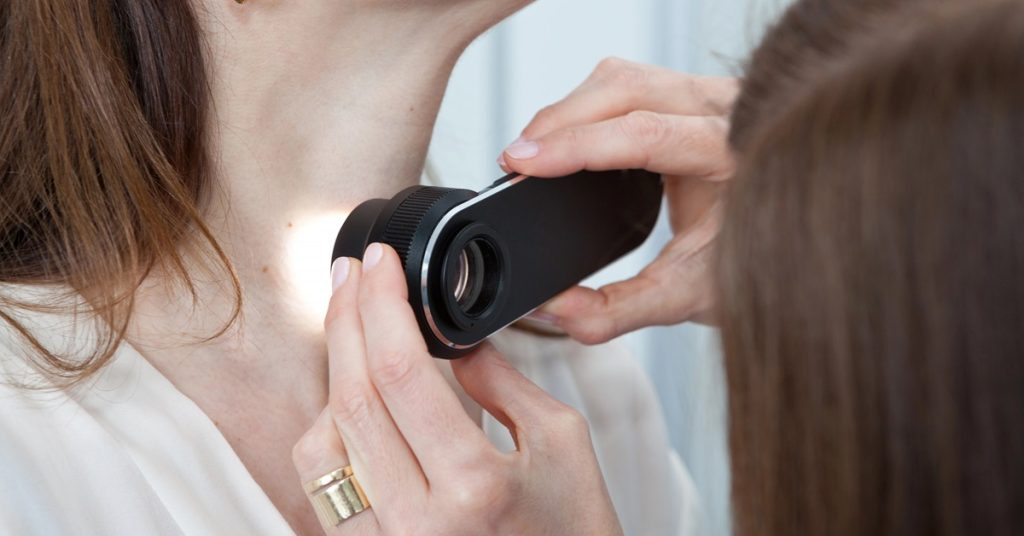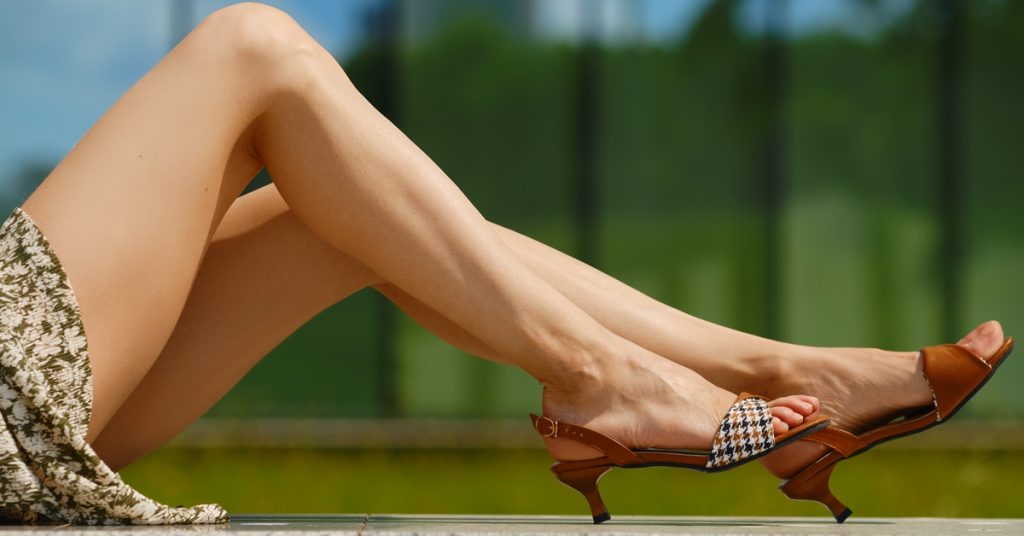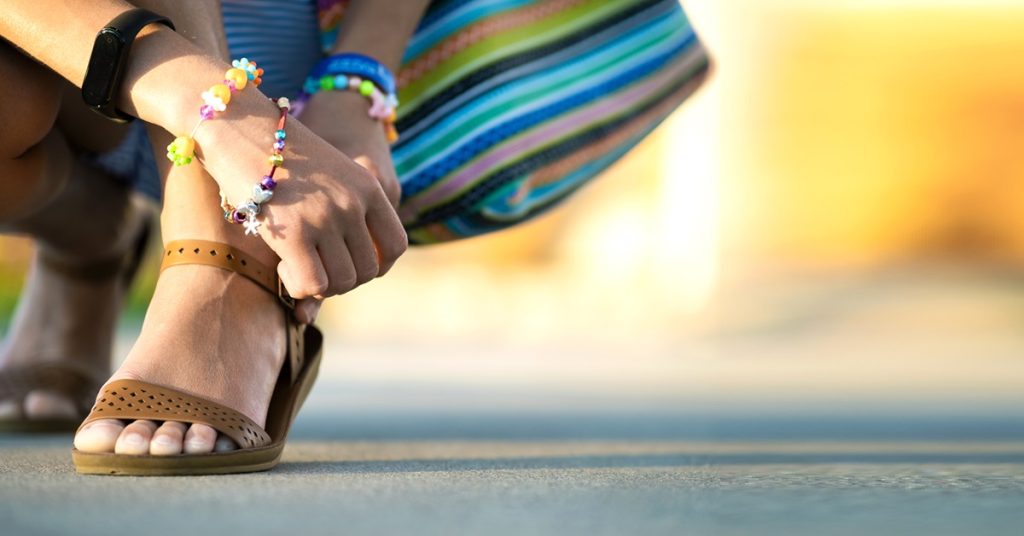Understanding the Different Types of Acne Scars and How to Treat Them

Acne, a common skin condition that affects millions worldwide, is often the source of profound frustration. But for many, the real struggle begins after the battle with active pimples ends – when acne scars linger. Dealing with the aftermath can be as challenging as tackling the breakouts themselves, if not more so. Acne scarring varies widely, with each type presenting its own set of challenges and treatment methods. In this detailed exploration, we’ll peel back the layers of these distinct acne scars and offer a comprehensive guide on how to address them effectively.
The Impact and Persistence of Acne Scars
Acne scars are not merely physical remnants of a difficult bout with skin troubles. They can have a lasting impact on your self-esteem, confidence, and mental well-being. When acne resolves, it can leave various kinds of scars that last a lifetime, reminding you of your struggles. The persistence of these scars highlights the importance of understanding them and seeking appropriate treatment.
Types of Acne Scars and Their Characteristics
Acne scars can be broadly categorized into several distinct types, each characterized by its appearance and how it affects the skin’s texture.
- Atrophic Scars: Atrophic scars, otherwise known as depressed scars, are among the most common types. They are caused by a loss of tissue and can manifest as either “boxcar” or “ice pick” scars. This form is the result of a loss of collagen during the skin’s healing process following inflammation from acne. In the case of ice pick scars, the depression is narrow and often deep, resembling a puncture wound. Comparison, boxcar scars are wider and smoother-edged, like a box.
- Hypertrophic Scars: Unlike atrophic scars, which result from tissue loss, hypertrophic scars form because of an excess of collagen during healing. They appear as raised masses on the skin and are generally smaller than keloids. Although less common in the context of acne, they are significant in both their visible and textural effects.
- Boxcar Scars: Boxcar scars are defined by their broad and boxy depressions. They are often found on the cheeks and are the result of inflammatory acne. Unlike icepick scars, which are generally small, boxcar scars can be a few millimeters wide and often have defined edges.
- Icepick Scars: Named for their resemblance to the marks made by an ice pick, these scars are deep, but tiny. They can be particularly challenging to treat, given their depth, and often require specialized procedures.
- Rolling Scars: Rolling scars give the skin a wave-like appearance with undulated depressions. They occur when fibrous bands of tissue develop between the skin and subcutaneous tissue, pulling on the epidermis. This creates the characteristic rolling or undulating appearance.
Exploring Treatment Options for Acne Scars
With the varied forms of acne scarring come a myriad of treatment approaches. Here we dissect the most common and effective methods for addressing acne scars, tailoring the treatment to the specific type of scar.
- Topical Treatments: Topical treatments such as retinoids, vitamin C serums, and exfoliants are often the first line of defense against mild forms of acne scarring. These treatments work by accelerating cell turnover, promoting the growth of new, healthy skin cells, and diminishing the appearance of scars over time.
- Laser Therapy: Laser therapy has gained popularity for its impressive results in treating a variety of skin concerns, including acne scars. Different types of lasers, such as fractional CO2 can target specific depths of the skin to resurface it, stimulating collagen production and smoothing out scars.
- Chemical Peels: Chemical peels involve applying a specialized solution to the skin that causes it to blister and eventually peel off. The new skin is often smoother and less scarred than the older skin, effectively treating certain types of acne scars.
- Microneedling: Microneedling, or collagen induction therapy, is a minimally invasive procedure that uses fine needles to create tiny punctures in the skin. This process triggers the body’s wound healing response, promoting the growth of new collagen and elastin, which can improve the overall texture of the skin, reducing the appearance of scars.
- Dermal Fillers: For some types of atrophic scars, dermal fillers can be an effective solution. By injecting these fillers into the scar, they raise it to the level of the surrounding skin, effectively masking the depression. This is a temporary fix, as fillers are eventually metabolized by the body.
- Acne Surgery: Acne surgery is a treatment that involves the extraction of blackheads, whiteheads, milia, and pustules to improve the health and appearance of the skin. This is recommended for teens and adults with mild to moderate acne.
Empowering Yourself with Home Remedies and Preventive Measures
While professional treatments are potent tools in the battle against acne scars, it’s equally important to foster a healthy skincare routine and lifestyle that can minimize their development and visibility.
- Skincare Routines: Developing a skincare routine that includes gentle cleansing, regular exfoliation, hydration, and protection from the sun is crucial. Choosing products with ingredients like hyaluronic acid, retinol, and SPF can aid in skin repair and protection.
- Natural Remedies: Natural remedies such as aloe vera, honey, and rosehip oil have shown promise in improving the appearance of scars. While they may not offer the same level of effectiveness as professional treatments, they can complement a skincare routine and provide additional nourishment to the skin.
- Lifestyle Changes: Making certain lifestyle changes, such as quitting smoking and managing stress, can also benefit the overall health and resilience of the skin. Stress management, in particular, is important, as chronic stress can exacerbate skin conditions and hinder the healing process.
The DESSNA Difference in Skincare
For those seeking revolutionary skincare solutions, DESSNA stands out as a hub of serenity where top-tier dermatologists, aestheticians, and innovative treatments come together. Specializing in personalized care, DESSNA is committed to demystifying the world of skincare, simplifying routines, and achieving real, lasting results for its patients.
The Path to Clear, Unblemished Skin
Acne scars need not be a permanent fixture or a source of distress. Through understanding the nature of different types of scars and harnessing the power of various treatments, you can work toward clearer, healthier skin. Whether you opt for professional treatments, home remedies, or a blend of both, the key is to take action early and to do so consistently.
By arming yourself with knowledge and seeking the guidance of the skincare professionals at DESSNA, you can pave the way to a complexion that is as smooth as it is radiant. Remember, the path to unblemished skin is a personalized one, and with patience and dedication, it’s a goal that’s well within reach.



